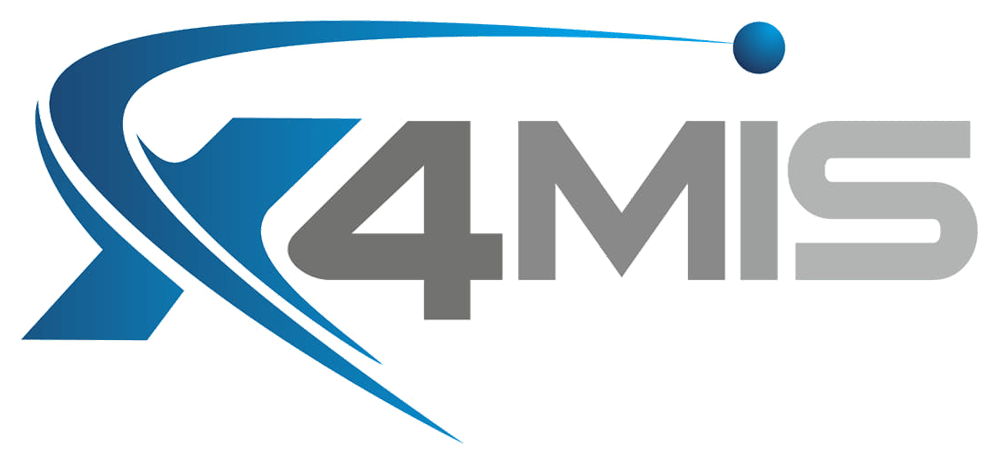Complete a stakeholder analysis
Written by: Timothy Lopez
About the Stakeholder Analysis
The stakeholder analysis is the systematic process of gathering detailed information about all the groups and individuals impacted by the change. It is used to determine their interests, needs, unique skills, perspectives, pain points, alliances and knowledge related to the project. It defines at a division, group and/or individual level how to effectively manage the individual needs of each stakeholder, considering how each might respond to the change. Two key outcomes of the Stakeholder Analysis include:
- The identification and categorising stakeholders as champions, resistors, bystanders, or casualties, understanding their level of influence and desire to change.
- The approach to communicating with each individual and/or group.
Why complete the Stakeholder Analysis?
Individuals and groups can unwillingly or deliberately disengage from the new way of working, which is a significant cause of failure for transformation programmes. They also have different interests. Some stakeholders might be more interested in the financial aspects of the programme. In contrast, others may have a more significant stake in the technology side and still others in their ability to service their customers effectively. The needs of stakeholders at the executive or board level concerned with the implications on the organisation’s strategy and profitability will differ significantly from individuals at the ground level concerned about their job, role, salary, training and when things will impact them directly.
Prerequisites / alignment
- Project Stakeholder Analysis - Where the Change Management activities are aligned to a technical or business programme of work, the Project Manager may have already completed a Stakeholder Analysis. This is a good starting point for the Change Stakeholder Analysis. Linking to it ensures project management and Change Management activities are aligned.
- Blast Radius - A prerequisite to the detailed stakeholder analysis is a high-level stakeholder identification. One example is the Blast Radius, used to identify which groups/people are impacted, whether directly or indirectly affected, how they will react to the change (adopters, bystanders, resistors) and/or the influence they may have on the programme.
- Change Impact Assessment - The Change Impact Assessment, typically completed during the Compose and/or Manage Phase, captures high-level changes to people, processes and technology. The assessment describes how the change is expected to affect:
- The target audiences as they transition from the current to the target state.
- The organisation structure and culture.
- Skills & knowledge requirements.
- Business and systems processes.
- Influence Analysis - used to identify the stakeholders who can/will influence the transformation. This can be completed during the high-level or detailed Stakeholder Analysis. Completing the first pass early will identify key resources with the influence which may support or undermine the transformation, and it can assist with gaining resources for the programme.
Note: This is not an activity for a single person and not the Change Manager on their own. Brainstorming in a workshop or interviews, using the analysis tools, with the change management team and other sufficiently knowledgeable resources is the prescribed approach.
Steps to complete the stakeholder analysis
The steps will vary depending on the complexity of the transformation. You could start engaging directly with the key resource for a small programme impacting 20 to 50 end users. However, most Transformation Programmes begin by identifying all the Stakeholders - people with names and faces – instead of departments or groups. Stakeholders are those positively or negatively affected by the transformation and the outcomes. They include people working on the Change Programme, those who influence them, and others who will be impacted. Here are the key steps:
- List all the stakeholders in the Stakeholder analysis template.
- Add additional information about your stakeholders. This may include background, roles, past experiences, and special circumstances.
- List the processes, system or business changes affecting each stakeholder. Keep these at a high level because you need additional rows for a stakeholder affected by each process so that you can filter on stakeholders affected by each process.
- Indicate how each stakeholder is impacted, directly, indirectly or observer.
- Indicate how the stakeholder will likely respond to the change for each process they are impacted by.
- Indicate the degree of influence the stakeholder will have on the change of the impacted process:
- Describe the Communications Plan and/or specific actions for each stakeholder for each of their impacted processes. The actions are details if required for the communications plan option – training may reference the specific training, and HR support actions will describe the particular support required. The communications plan may have high-level options like:
- Training
- Workshops
- One-on-one coaching
- HR support
- Plus any other types of communications they may/will receive
- Assign owners (these may be team or department owners in the first edition), due dates (estimates if a detailed plan is not available yet), priority and status (in progress, hold, complete, at risk, etc.)
Questions to confirm stakeholders needs
- What financial or emotional interest do they have in the outcome of your work?
- Is it positive or negative?
- What motivates them most of all?
- What support you want from them?
- What information do they want from you?
- How do they want to receive information from you? What is the best way of communicating your message to them? (This will input into your communications plan)
- What is their current opinion of your work, and is it based on good information? Who influences their opinions generally, and who influences their opinion of you? Do some of these influencers become important stakeholders in their own right?
- If they are not likely to be positive, what will win them over to give their support? If you are unlikely to win them over? Who else might be influenced by their opinions and decide if they need to become stakeholders in their own right?
Next Steps
The detail from the Stakeholder Assessment feeds into the Change Implementation Plan (CIP), communications, training and other plans. These are developed in the following change element, ‘Enable the Change’. Then comes managing the stakeholders, ensuring stakeholders’ needs are met, and adequate support is achieved. And finally, monitoring Stakeholder Engagement is executed systematically throughout the programme to check on the stakeholders through meetings, workshops, interviews and other feedback activities.
Compose the Change
Browse by Categories

Free On-Line Change Management Methodology that enables individuals and organisations, especially those previously without access to effective change management programmes, to deliver more effective community and country programmes which improve prosperity and save lives.
QUICKLINKS
TRAINING LINKS
LATEST POSTS




